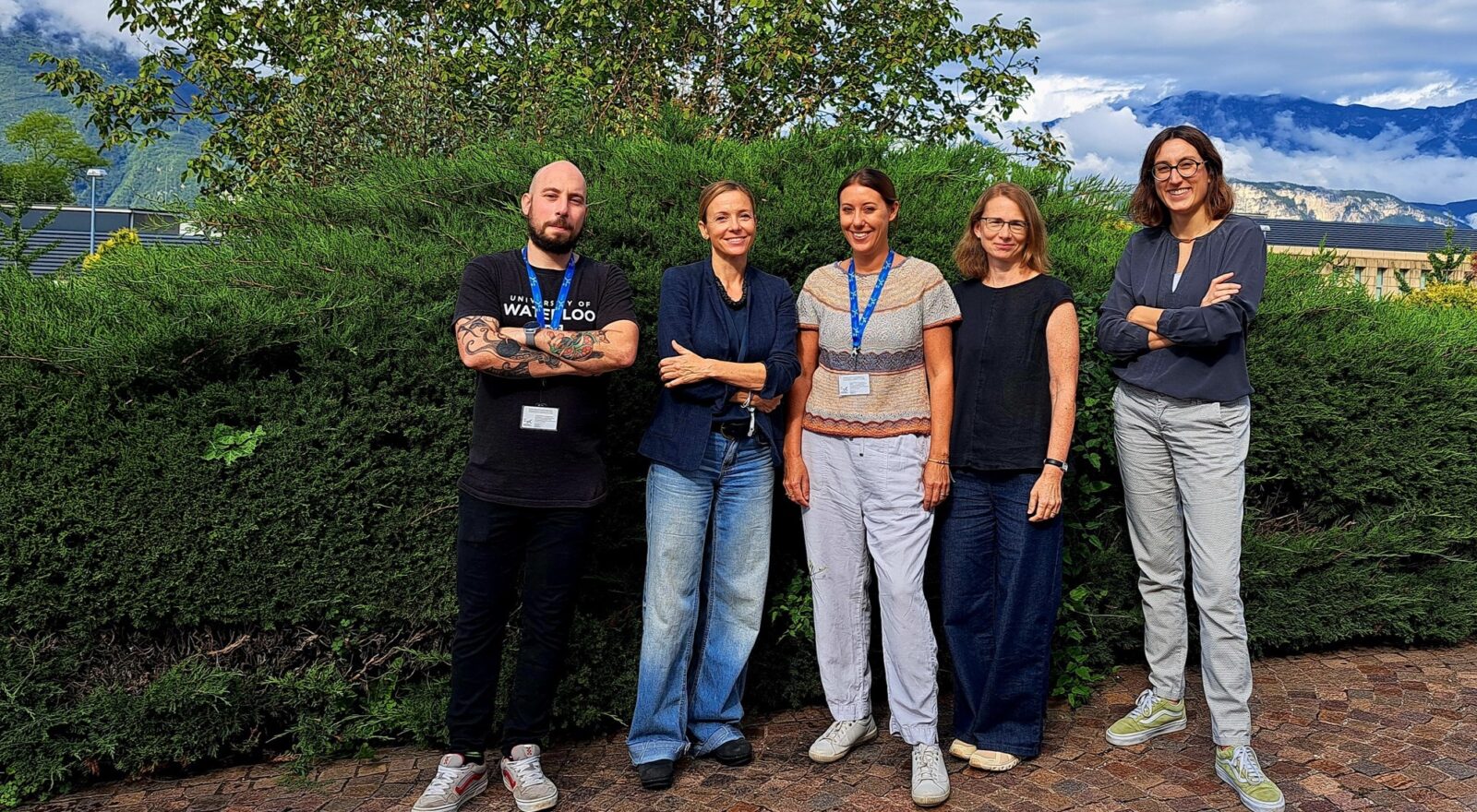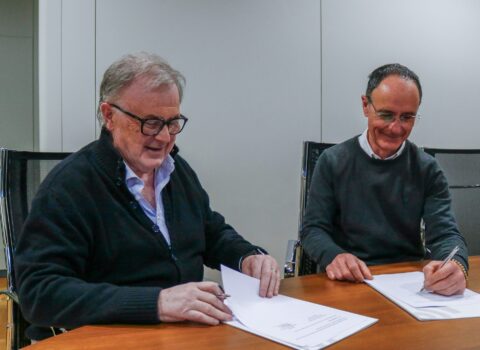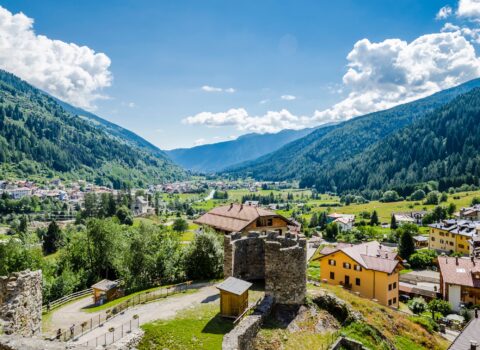
Innovating with communities: pathways and tools for rural areas
New resources, developed by FBK researchers as part of the European SMART ERA project, to offer support to rural areas in addressing local challenges and promoting participatory digital innovation processes.
Rural areas are facing complex challenges, including economic decline, demographic shifts, and the consequent dependence on urban centers. Digital and social innovation offer a concrete opportunity to reverse or mitigate these trends, but their effectiveness depends on the ability to adapt to specific local contexts and to respond to the real needs of communities. To ensure sustainability and a tangible and lasting impact of technology solutions, an active and conscious involvement of local communities is key. In this context, tools that support participatory, community-oriented innovation are crucial.
The SMART ERA toolkit
Prompted by these insights, FBK researchers developed a methodological toolkit to help rural areas tackle the challenges of sustainable development. The SMART ERA toolkit integrates both analog and digital tools to address different needs and provide maximum flexibility.
The toolkit was designed to guide rural communities in addressing their local challenges and promoting sustainable, bottom-up change. The research focused on the specific characteristics of rural communities, a response to the limited attention previously paid to the distinctive traits of these areas in the design of socio-technical systems. Its conception stems from the need to incorporate these specificities—such as the relationship with the land, community social dynamics, local culture, values, and heritage—into the definition of sustainable innovation pathways. The toolkit is also built on the belief that rural innovation is a collaborative process that requires the activation and empowerment of local actors to be sustainable over time.
The toolkit is the result of a participatory process conducted in six rural communities involved in the European SMART ERA project. Pilot regions include Trentino, Tramuntana/Sóller, Northern Ostrobothnia, East Herzegovina, Šmarje-Padna and Devetaki Plateau. The process began by collecting and analyzing past innovation stories in these regions, where residents had come up with solutions for specific challenges. The main steps of the innovation paths and the barriers encountered were analysed, identifying the “ingredients” that have favoured the development of effective solutions. The analysis was then refined through cycles of comparison with participants and review of the literature. More than 50 people contributed to the collaborative design of the toolkit, bringing diverse skills and visions. In addition to the representatives from the six pilot territories, the project saw the contributions of experts in rural policy, innovation, finance, technology, territorial evaluation, communication, and regional networking.
To highlight the idea of innovation as a collaborative process, the visual metaphor of a hive was adopted for the toolkit’s creation. The different “cells” of the hive represent the fundamental ingredients needed to activate innovation in rural contexts. Alongside digital technologies, these “ingredients” include economic, legal, cultural, and infrastructural enablers, which are essential for developing effective and sustainable long-term solutions.
The toolkit consists of an analog component, with printable cards and canvases, and a digital component, which includes an interactive board and other online tools.
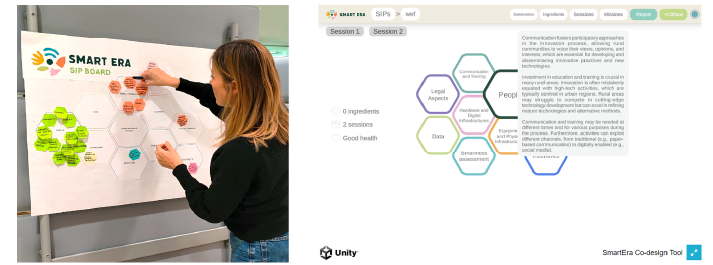
All resources have been designed to facilitate collaboration and stimulate creativity, guiding stakeholders in identifying problems, devising solutions and defining targeted interventions. The toolkit not only encourages reflection but also promotes concrete action within local communities, accompanying them step-by-step on their journey of change.
The analog part of the toolkit was presented at the DIS 2025 scientific conference held from July 5-9 in Madeira. The article, “Filling the Hive,” describes the non-digital components (e.g., canvases) designed as resources to support rural development where communities are the main actors. Created by researchers Chiara Leonardi, Eleonora Mencarini, and Elena Not—from the Intelligent Interfaces and Interaction (i3) unit at FBK”s Center for Augmented Intelligence, specializing in Human-Computer Interaction—the toolkit aims to empower communities through guided reflection on social, economic, technological, political, and infrastructural factors. It includes practical resources such as inspiration cards and insight questions to assess emerging needs and aspirations.
The digital part of the toolkit was presented at the GamiFIN 2025 scientific conference in Finland. Titled “Design and Development of a Playful Co-Design Tool for Interventions in Rural Areas,” the work is the result of a collaboration between MoDiS and i3 on the SMART ERA project. The authors (Simone Bassanelli, Federico Bonetti, Federica Gini, Chiara Leonardi, Eleonora Mencarini, Elena Not, and Annapaola Marconi) focused on co-designing a phygital tool for sustainable development, with an emphasis on gamification and stakeholder involvement.

In this second article, the main topics covered are Phygital tool (the combination of physical and digital components to create an accessible, inclusive, and adaptable co-design toolkit, gamification (the use of game elements to motivate and engage stakeholders during co-design processes, fostering long-term creativity, collaboration, and active participation, SMART Innovation Packages (Integrated solutions that combine technological and non-technological components to address rural challenges, multi-stakeholder engagement (the importance of including local communities, experts, politicians, and other actors to ensure effective and socially accepted solutions), traceability and visualization of progress (the integration of progress indicators and feedback systems to monitor and document the co-design process), multi-domain applicability (the need for flexible, non-domain-specific tools that can adapt to different contexts and projects, and use scenario (a practical example of forest management is provided to illustrate the toolkit’s application).
Ongoing trials and future prospects
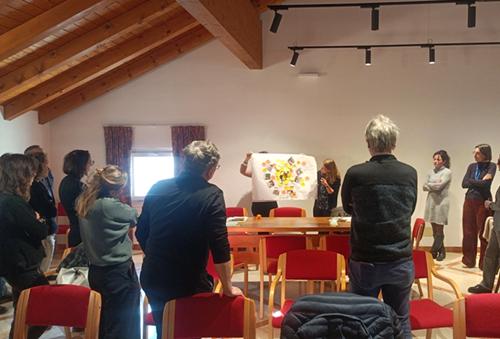
Currently, the toolkit is being used in the six pilot areas of the SMART ERA project. The co-design activities with local communities are being monitored to analyze different usage patterns and appropriation methods.
Looking ahead, plans include expanding and enriching the materials to make the toolkit more suitable for major contemporary challenges, such as the socio-ecological transition. Further user testing will also be conducted to validate the scalability, accessibility, and effectiveness of the digital version, with a focus on adaptability for mobile devices.
These themes reflect an innovative, collaborative approach to sustainable development in rural areas, with the potential for application in inland or mountain regions depending on their characteristics and goals.
In mid-2026, the SMART ERA project will open a cascade funding call for all European rural areas, inviting them to use the participatory design method developed by the project. The four selected communities will receive €90,000 in funding and a mentoring program that includes guidance on using the co-design toolkit developed by FBK.
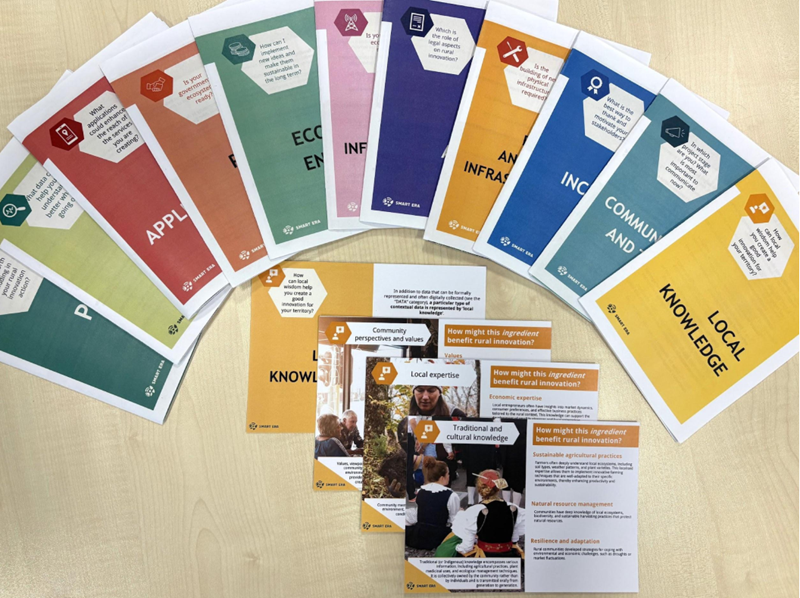
Cover foto from left to right: Simone Bassanelli, Chiara Leonardi, Annapaola Marconi, Elena Not and Eleonora Mencarini
